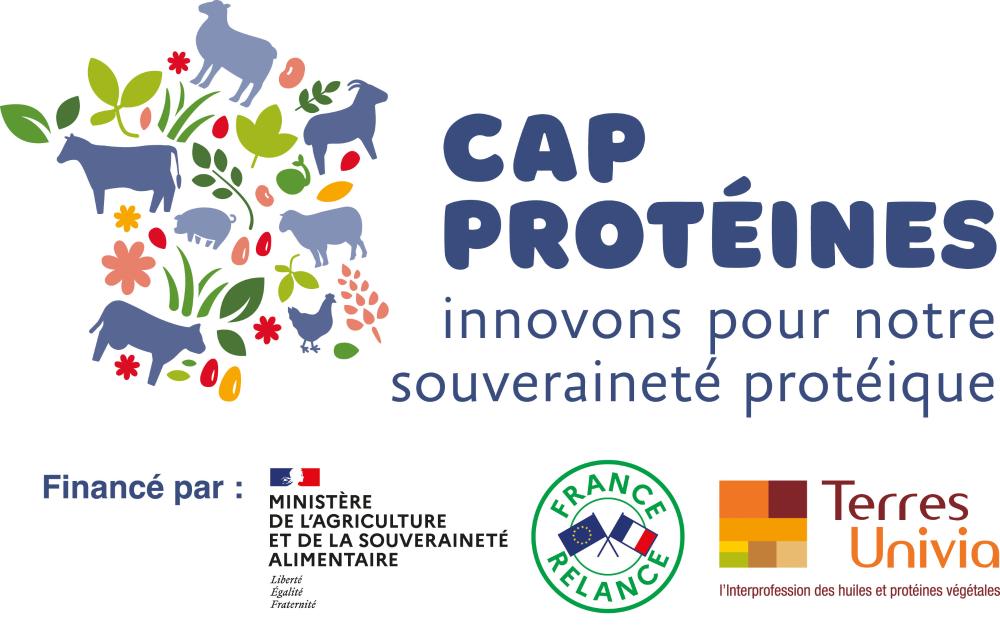Terres Inovia launches the first tool for predicting rapeseed stem weevil flights
Terres Inovia launches the first tool for predicting rapeseed stem weevil flights
Paris, January 30, 2023 - Terres Inovia has put a tool for predicting rapeseed stem weevil flights on its website. This first pest flight prediction tool is the result of the Institute's modelling work and was developed as part of the Cap Protéines programme. This simple digital tool, which is freely available, can be used to assess the risk and thus help rapeseed growers make the right decisions in order to protect this crop as effectively as possible while avoiding unnecessary treatments. The scope of the tool will soon be extended to include terminal bud weevil.
 A flight peak difficult to assess
A flight peak difficult to assess
The monitoring of rapeseed stem weevil flights is traditionally carried out by trapping in yellow vials on the surface of the vegetation. However, the interpretation of the catches in trays remains delicate between the insignificant presence of a few insects and the beginning of a massive flight which requires protection of the crop. Indeed, to be effective, this protection must be carried out when a maximum of weevils are present in the plot, before the beginning of the active egg-laying phase; an intervention at the very first captures in the vats most often leads to a too early treatment.
A statistical predictive model combining captures and weather
The tool for predicting the dynamics of rapeseed stem weevil flights was developed as part of the "Increasing the competitiveness and sustainability of oilseed production" project of the Cap Protéines programme using the Vigicultures® and VGObs'® databases from which the plant health bulletins are drawn up. These databases include records of captures in yellow tanks since 2011 throughout the country. These data have been cross-referenced with the records of the weather stations closest to each capture point. The use of statistical methods made it possible to establish a series of links between weather conditions and the probability of the pest's presence on crops. These relationships allowed us to better understand the biology of the weevil and to estimate the risk of insect capture according to meteorological parameters. The model also allows to anticipate the evolution of the risk up to 7 days based on the weather forecast.
A simple interface to anticipate weevil flights
The new prediction tool, based on this model, generates both a graph of the evolution of the daily risk of capturing weevils for the selected commune (from the 1st of January of the current year and for the next 7 days) and a map of the risk on the whole French territory.
The scope of the tool will be extended with new pests
The pest risk prediction tool plans to integrate in the coming months a prediction of the dates when the stages of the weevil's cycle are reached (first egg laying, egg hatching, etc.). Other pests will also be added to the tool, starting with the terminal bud weevil. In the longer term, the tool will be able to integrate an estimation of the agronomic risk related to the presence of the various pests to further inform decision-making in the field.
To access the tool: click here.
| Oilseed rape stem weevil, an important pest in spring The female weevil digs a cavity in the rapeseed stem to lay her eggs, causing the plant tissues to react. The stem tends to deform and even split longitudinally. Once the eggs hatch, the larvae develop by consuming the stem tissue, weakening the plant. Although a significant impact on yield is rarely observed, yield losses can be as high as 50% in some cases of severe damage. |

The ministries in charge of agriculture and economy cannot be held responsible.